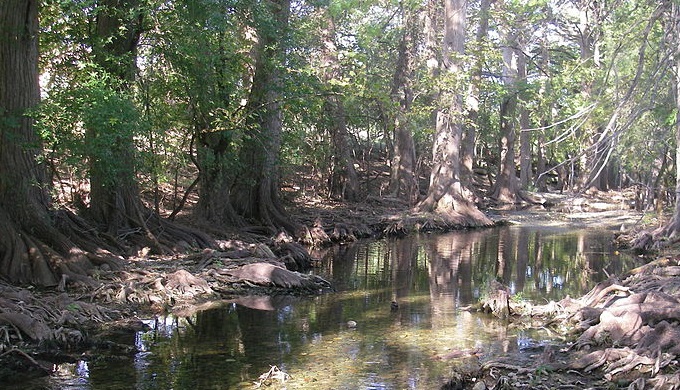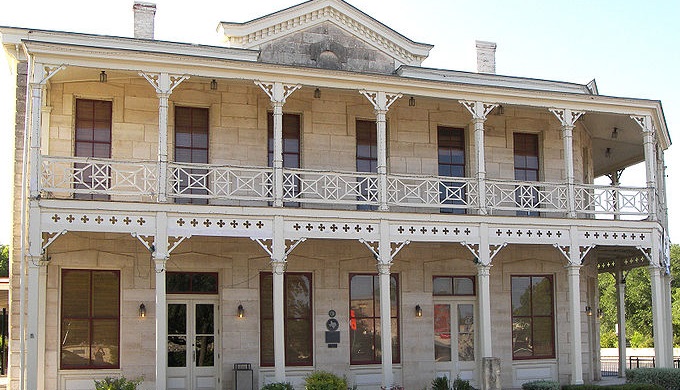The history of Boerne, Texas, does not align with any other city in the state. This town grew to be a unique part of the Texas Hill Country that continues to stand out as a great place to live, work, and visit. Discover the rich history of Boerne, Texas, and how it came to be from its start as a refuge for intellectuals.
History
History of Boerne: A Texas Hill Country Town Born of Individualism
The Town’s Origins

Photo: Wikimedia Commons
The year 1848 was rife with strain in Europe. A group of free-thinking, liberals from Germany chose to escape to Texas. These original settlers to Boerne started out in places such as Bettina. Since they immigrated in 1848, they earned the nickname of forty-eighters. But, a year later, some of them created the town of Tusculum on Cibolo Creek. The original site name comes from the hometown of Roman writer and orator Cicero, further alluding to their intellectual origins.
A New Name

Photo: Wikimedia Commons
Three years after the group of forty-eighters camped along the creek, John James and Gustav Theissan plotted the town that they named Boerne. The name honored a German publicist and author, Karl Ludwig Borne, to whom many gave credit for inspiring them to leave Germany for the New World. Though sadly, Mr. Borne never visited his namesake town.

Photo: Wikimedia Commons
In the 1880s, the population had grown in Boerne to 250, and people flocked to the area for its supposed health benefits. Its popularity with health-seeking tourists had grown to require five hotels, a significant ratio to the number of residents. In 1887, the railroad line through town brought even more opportunities for growth. By 1890, the population increased to 800. People continued to move to the area, growing Boerne to a town of 2000 in 1928.
Changes in Population

Photo: Wikimedia Commons
As with many other Texas cities, the Great Depression hit Boerne hard. The bottom dropped out of the tourist industry and the cotton crops, which also contributed to the economy. It would not be until the 1950s when Boerne’s population would bounce back. Then, people took advantage of the nearby growth of San Antonio to create a suburban bedroom community out of Boerne. Seeing the benefits of living in a small town and working in a nearby larger city, thousands came to Boerne to swell its population to over 10,000 people today.
Boerne Today

Photo: Wikimedia Commons
Today, Boerne continues to be a tourist destination as well as a community for a diverse population. Though the ethnic makeup of its citizens has changed, the town still clings to its free-thinking German roots found in the history of Boerne. For instance, the annual Berges Fest still celebrates the German heritage of this town as does the shooting club and other groups.
References:



